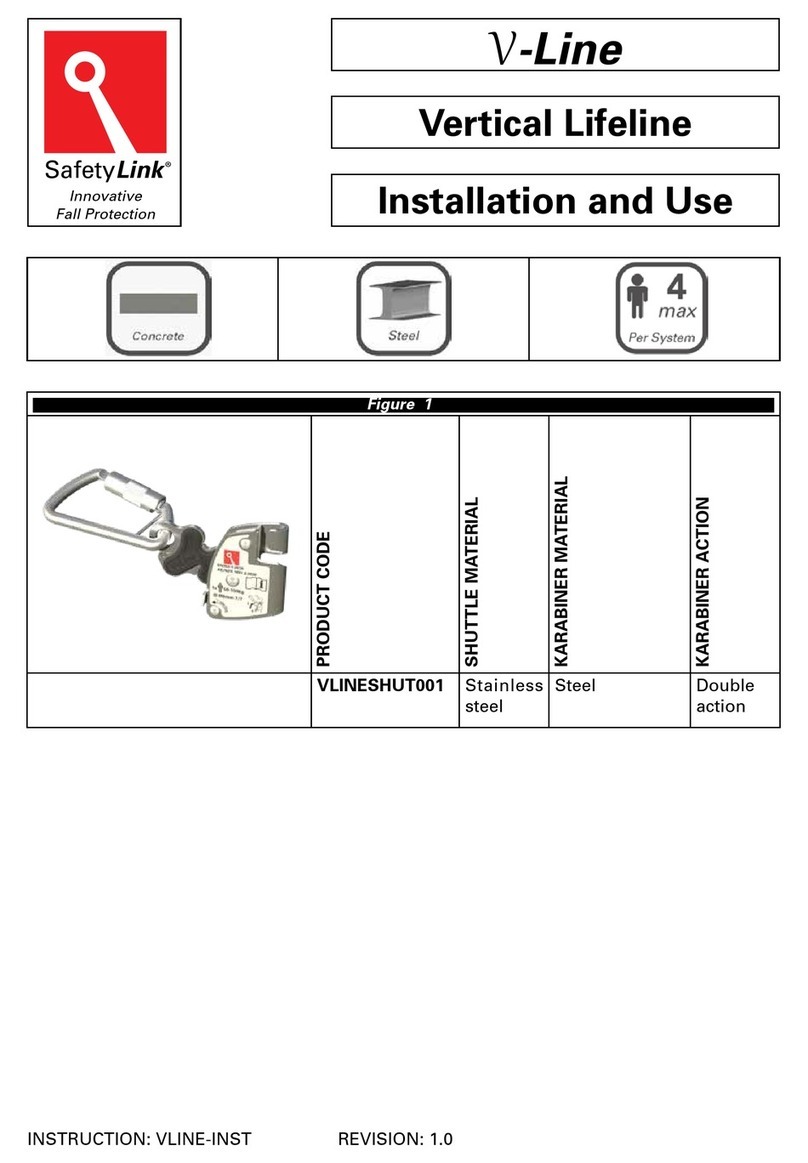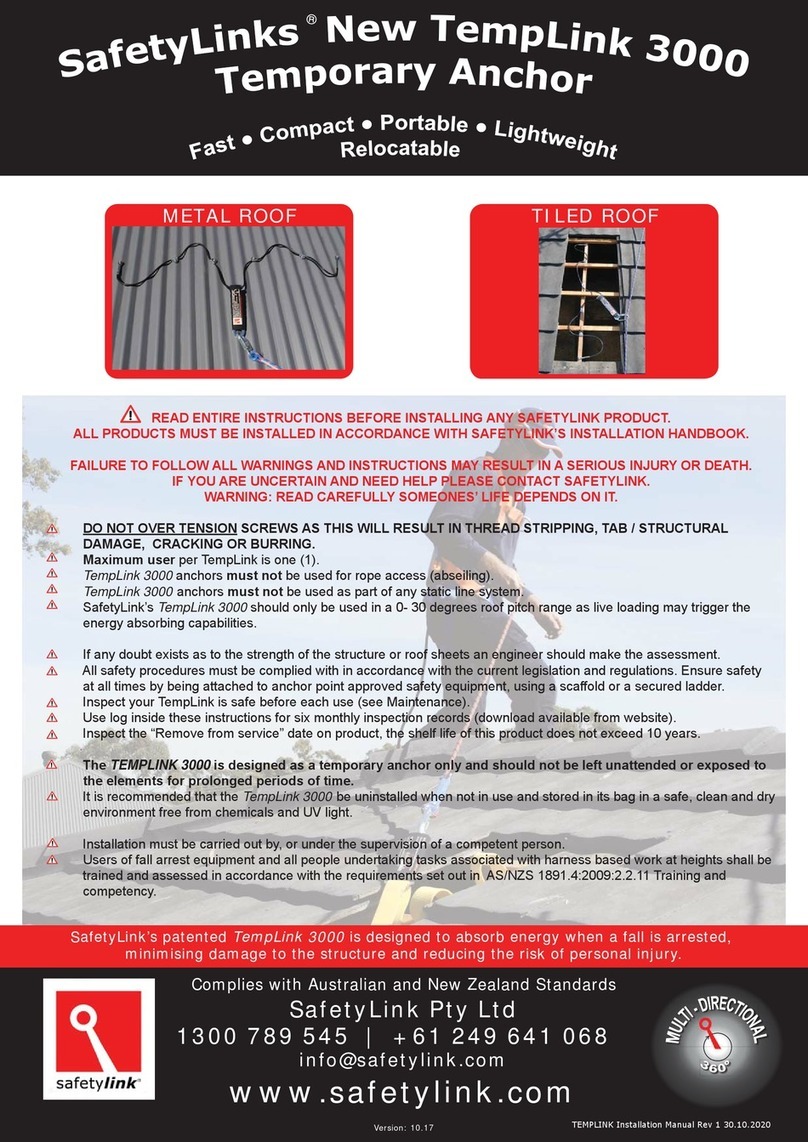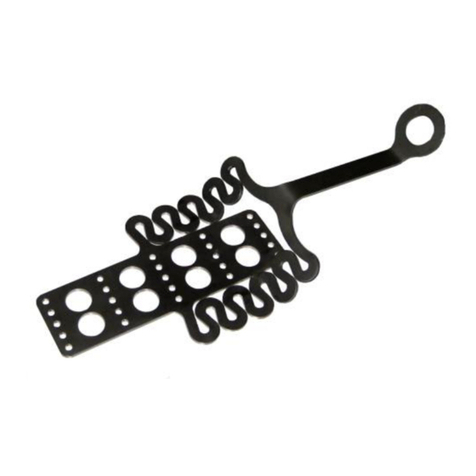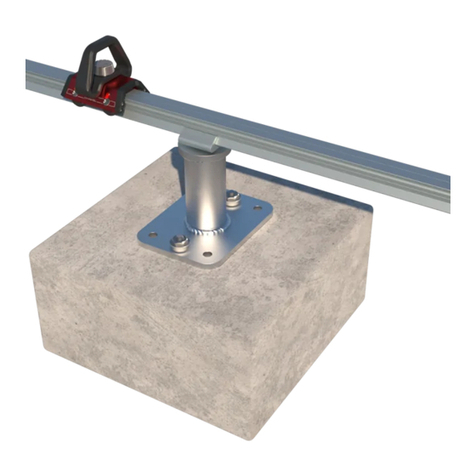WARRANTIES
EXTRACT: SafetyLink Pty Ltd STANDARD TERMS AND CONDITIONS
11.1 To the extent permitted by law all implied conditions, warranties and undertakings are expressly excluded.
11.2 Except as provided in this clause the Company shall not be liable for any loss or damage, whether direct or indirect
(including consequential losses or damage) arising out of any breach of contract by the Company or any negligence
of the Company, its employees or agents.
11.3 Should the Company be liable for a breach of a guarantee, condition or warranty implied by the Australian
Consumer Law (not being a guarantee, condition or warranty implied by sections 51, 52 and 53 of that Law) then
its liability for a breach of any such condition or warranty express or implied shall be limited, at its option, to any
one or more of the following.
A) in case of Goods
(I) the replacement of the Goods or the supply of equivalent Goods.
(II) the repair of the goods,
(III) the payment of the cost of replacing the Goods or acquiring equivalent Goods.
(IV) The payment of the cost of having the Goods repaired.
Provided that any such Goods are returned to the Company by the Purchaser at the Purchaser’s expense.
B) in the case of services
(i) the supply of the services again,
(ii) the payment of the cost of having the services supplied again.
11.4 The Company will not be liable for the costs of recovery of the Goods from the field, loss of use of the Goods, loss
of time, inconvenience, incidental or consequential loss or damage, nor for any other loss or damage other than
as stated above, whether ordinary or exemplary, caused either directly or indirectly by use of the Goods.
11.5 The Company warrants that at the time of shipment, Products manufactured by it will be free from defects in
material and workmanship. In the absence of a modified written warranty, the Company agrees to making good
any such defects by repairing the same or at the Company’s option by replacement, for a period of (1) one year
from the date of shipment. This limited warranty applies provided that:
(a) defects have arisen solely from faulty materials or workmanship;
(b) the Products have not received maltreatment, inattention or interference;
(c) the Products have been installed in accordance with the Company’s Installation Handbooks using only
products supplied by the Company;
(d) accessories used with the Products are manufactured by or approved by the Company;
(e) the Products are maintained in accordance with Australian Standard 1891.4 (section 9).
(f) you notify any claim under this warranty to SafetyLink in writing to the address below no later than 14
days after the event or occurrence concerning the product giving rise to the claim and you pay all costs
related to your claim.
This warranty does not apply to any defects or other malfunctions caused to the Goods by accident, neglect, vandalism,
misuse, alteration, modification or unusual physical, environment or electrical stress.
Please note that the benefits to the purchaser (as a consumer) given by this warranty are in addition to your other rights and
remedies under the Australian Consumer Law. Our goods come with guarantees that cannot be excluded under the Australian
Consumer Law. You are entitled to a replacement or refund for a major failure and compensation for any other reasonably
foreseeable loss or damage. You are also entitled to have the goods repaired or replaced if the goods fail to be of acceptable
quality and the failure does not amount to a major failure.
11.6 If any goods are not manufactured by the Company, the guarantee of the manufacturer thereof shall be accepted
by the Purchaser as the only express warranty given in respect of the goods.
11.7 Except as provided in this clause 11, all express and implied warranties, guarantees and conditions under statute
or general law as the merchantability, description, quality, suitability or fitness of the Products for any purpose or
as to design, assembly, installation, materials or workmanship or otherwise are hereby expressly excluded (to the
extent to which they may be excluded by law).
PLEASE SEE SAFETYLINK PTY LTD FULL STANDARD TERMS OF CONDITIONS OF SALE FOR FURTHER REFERENCE.

































